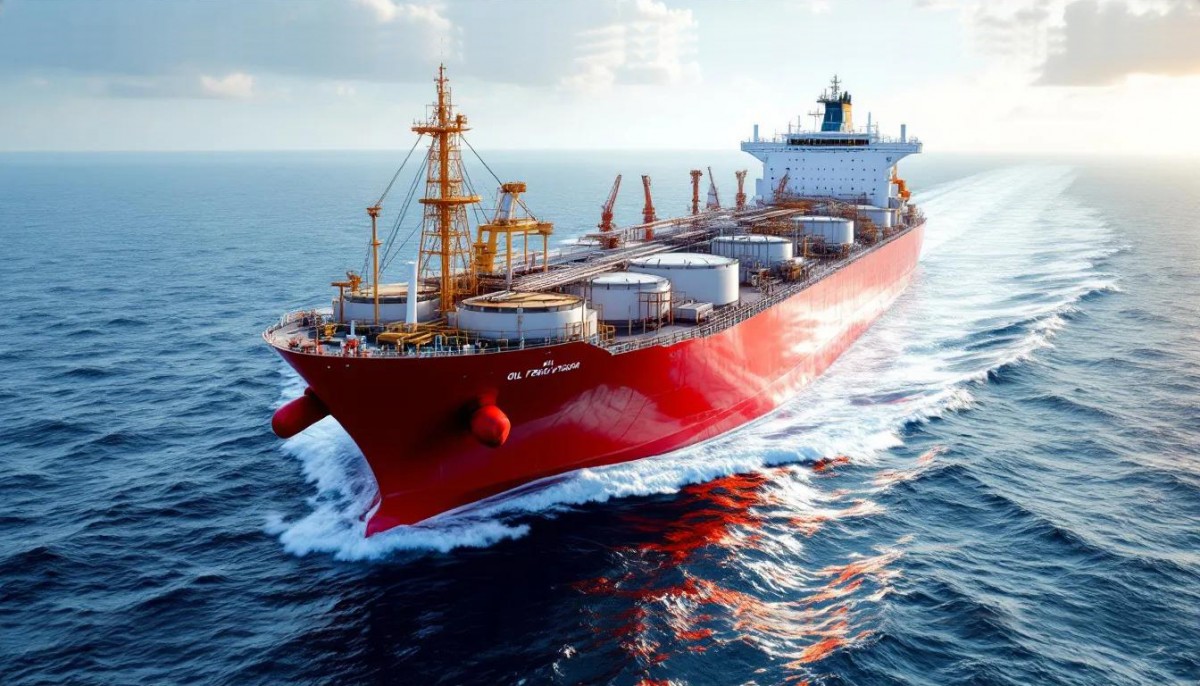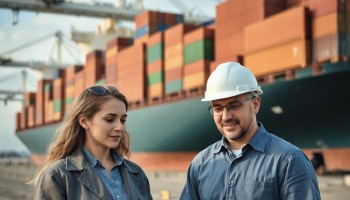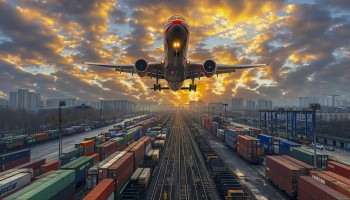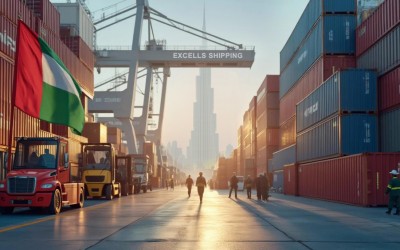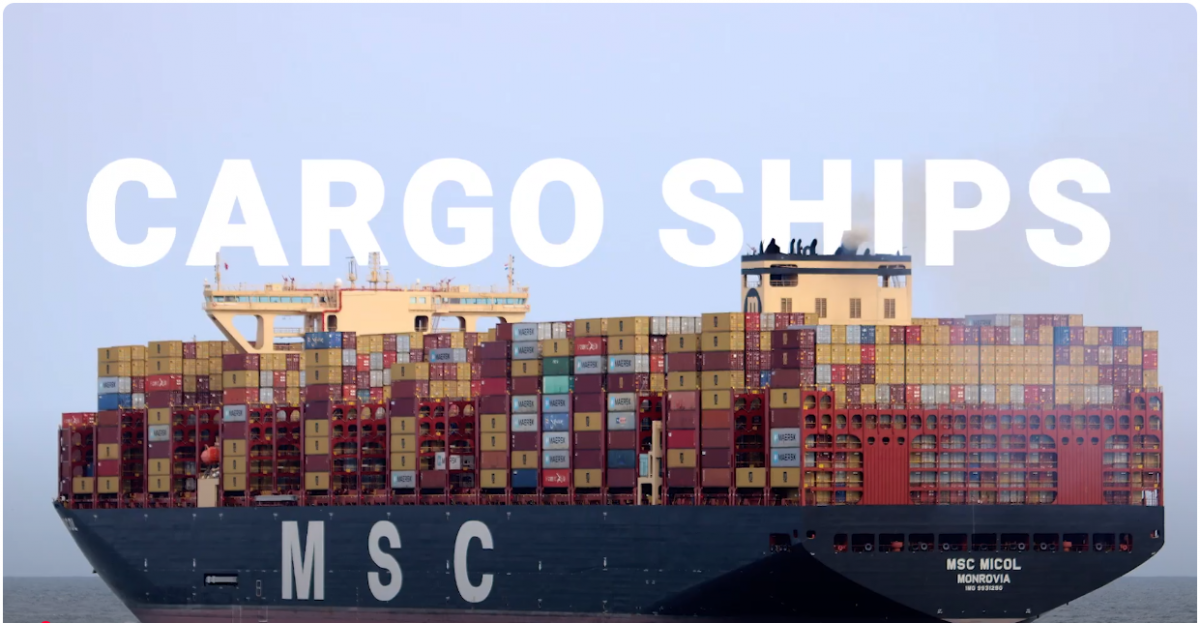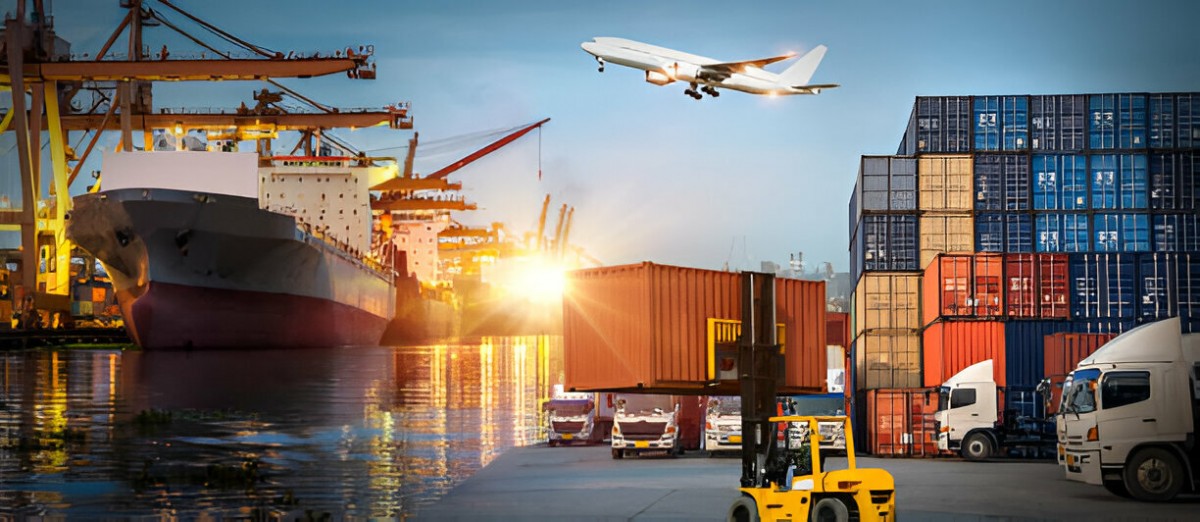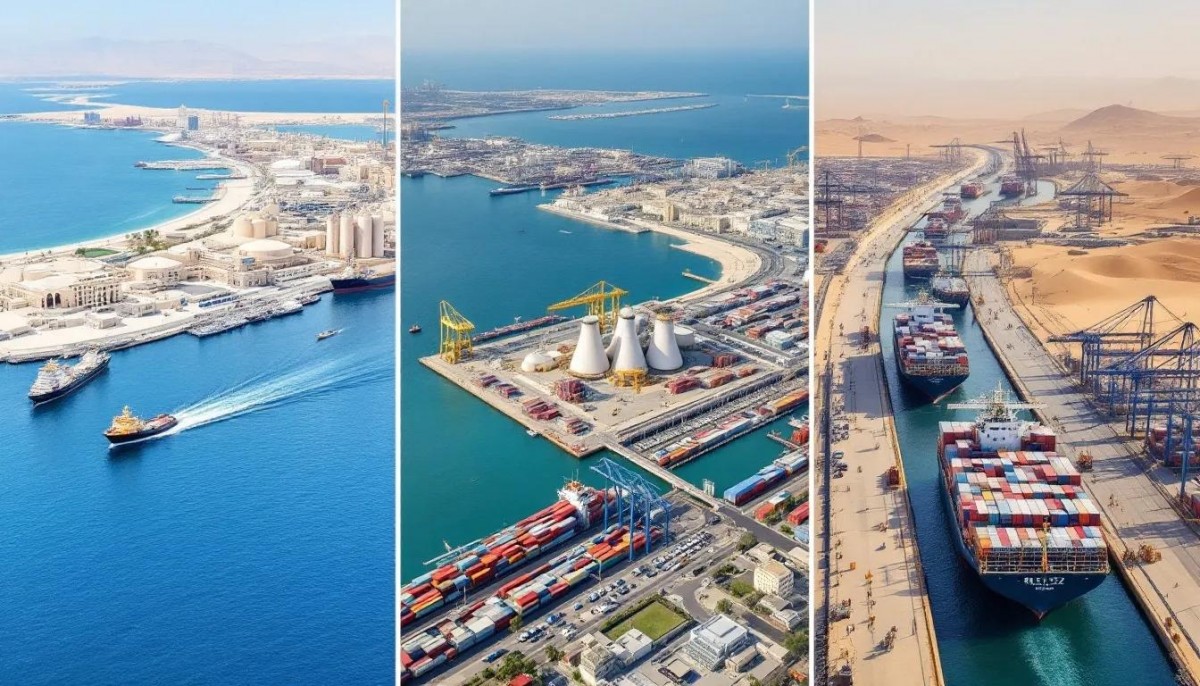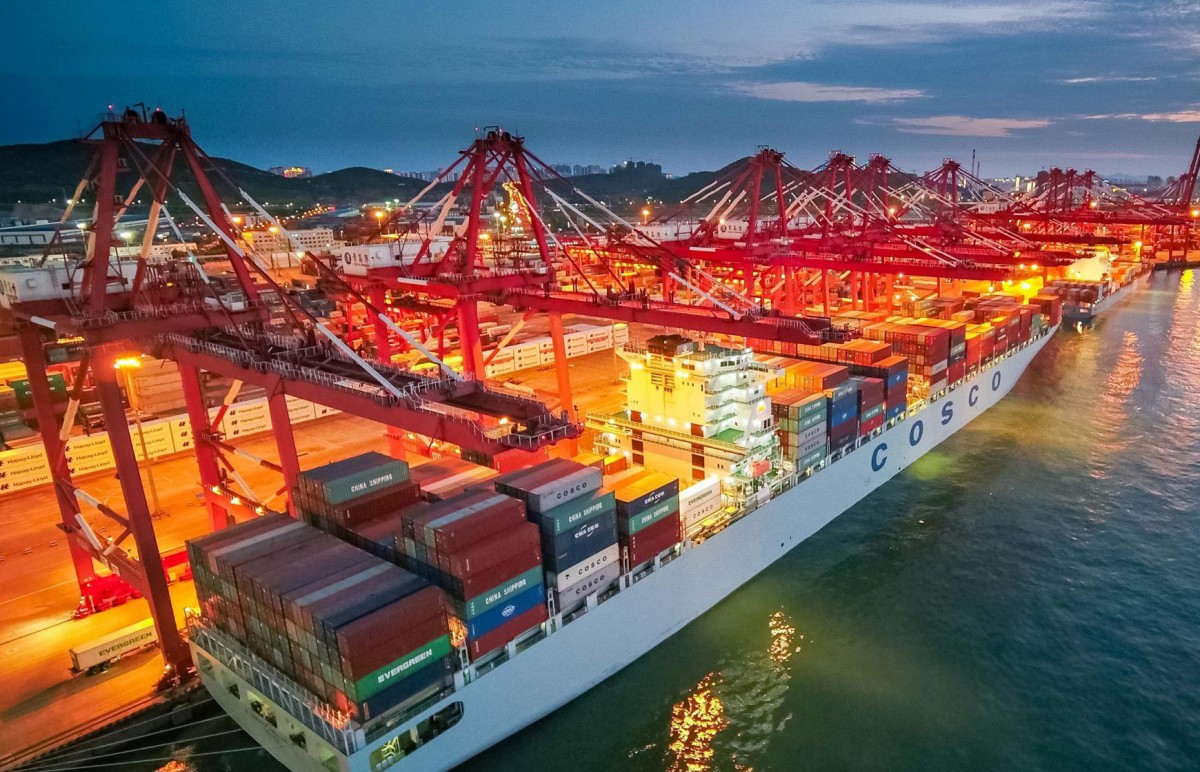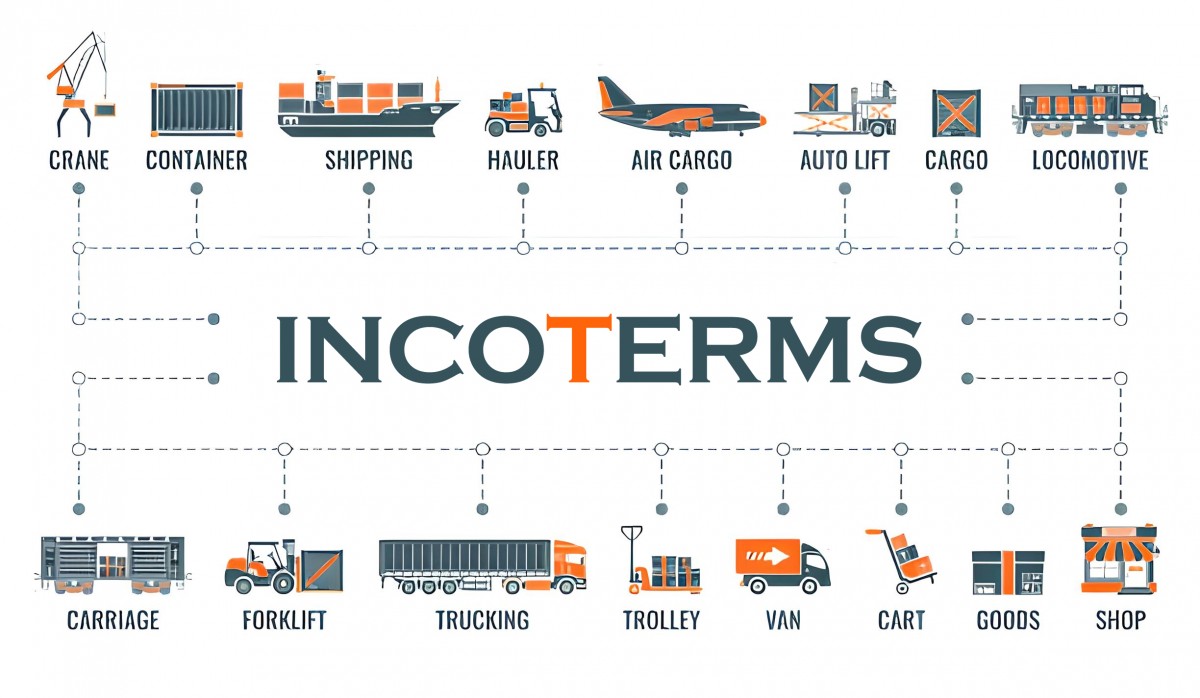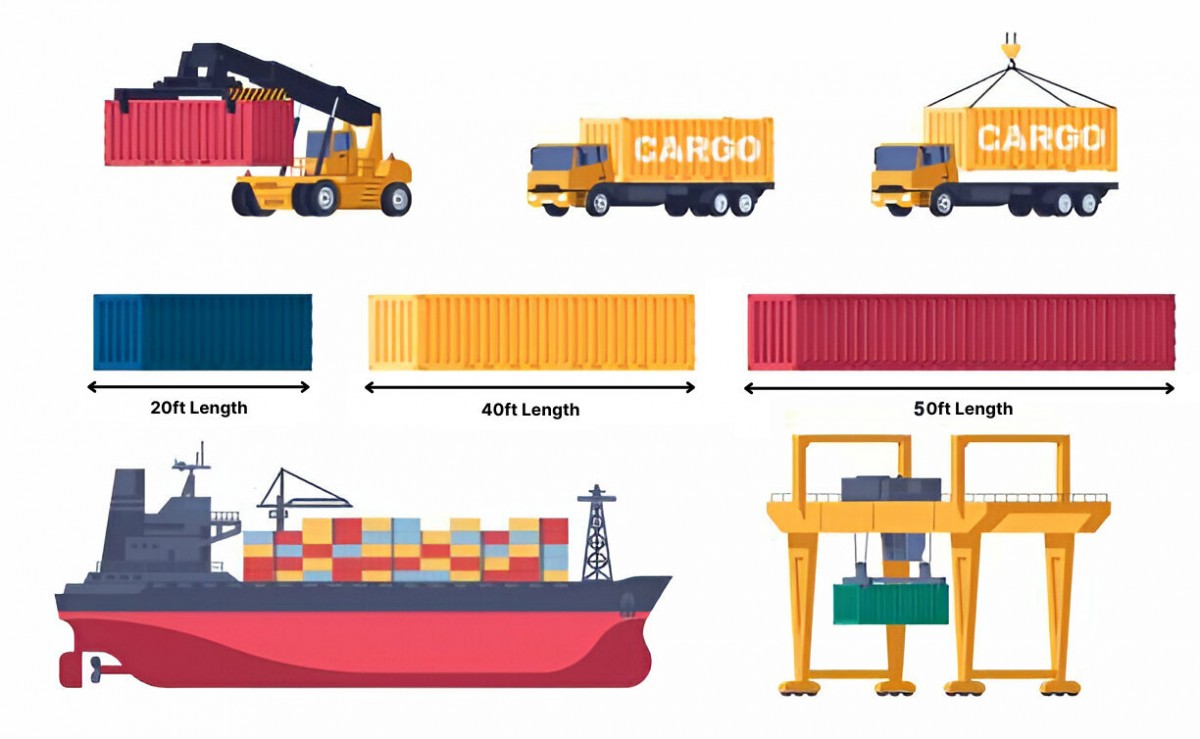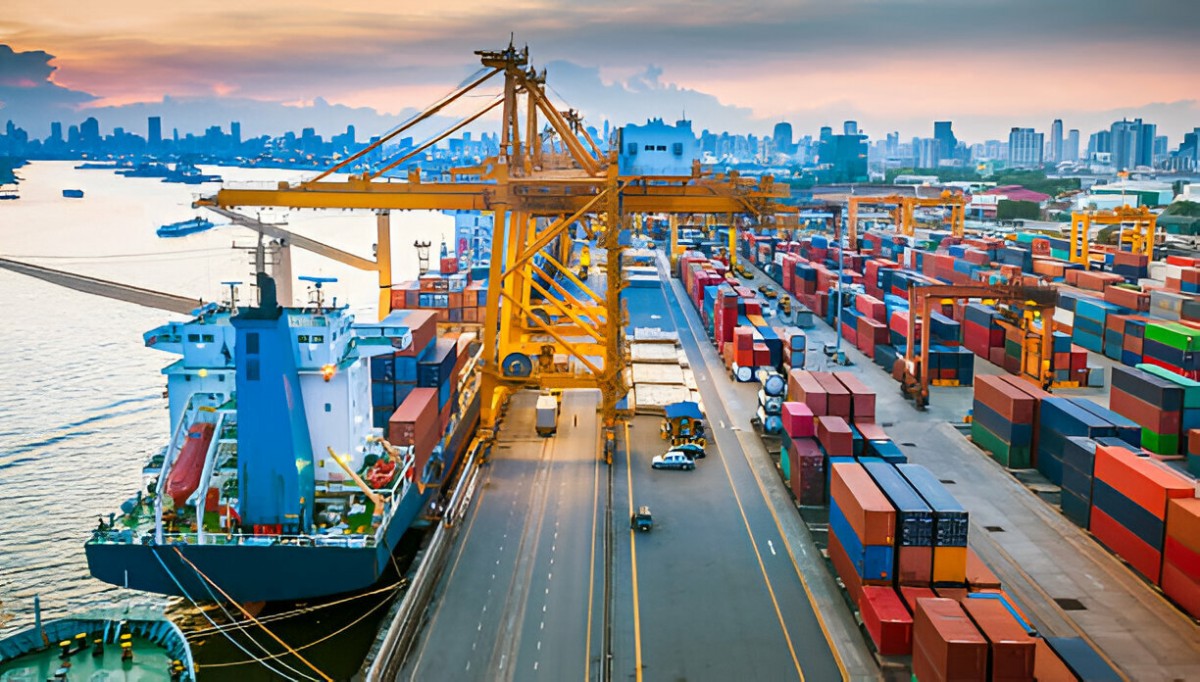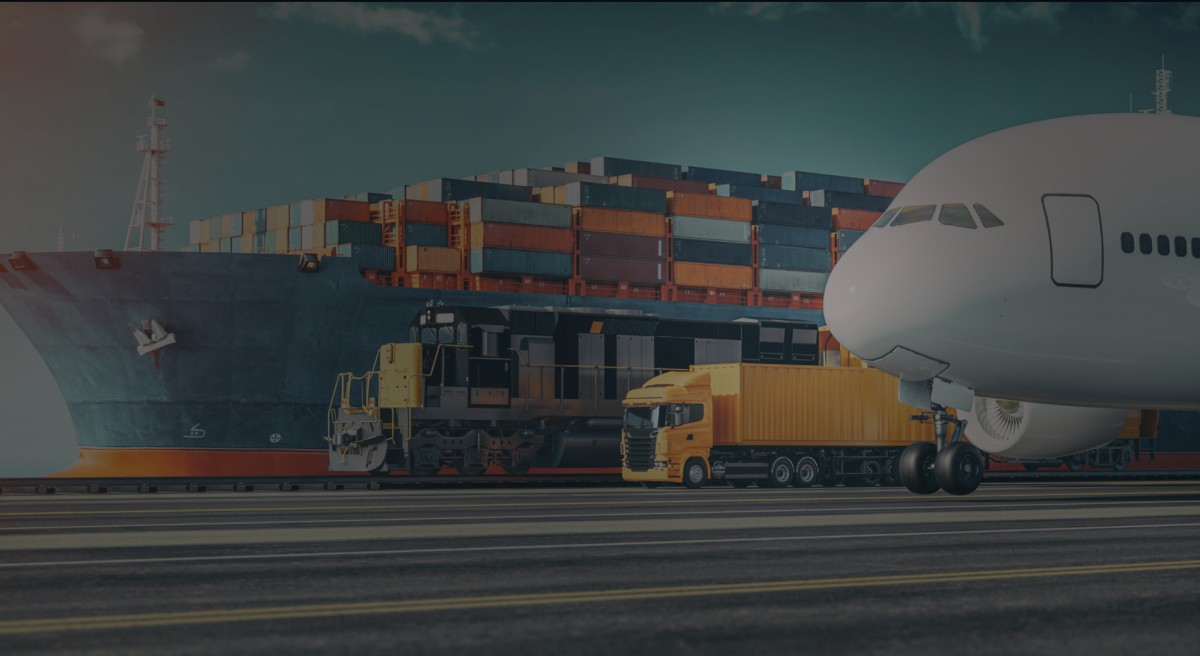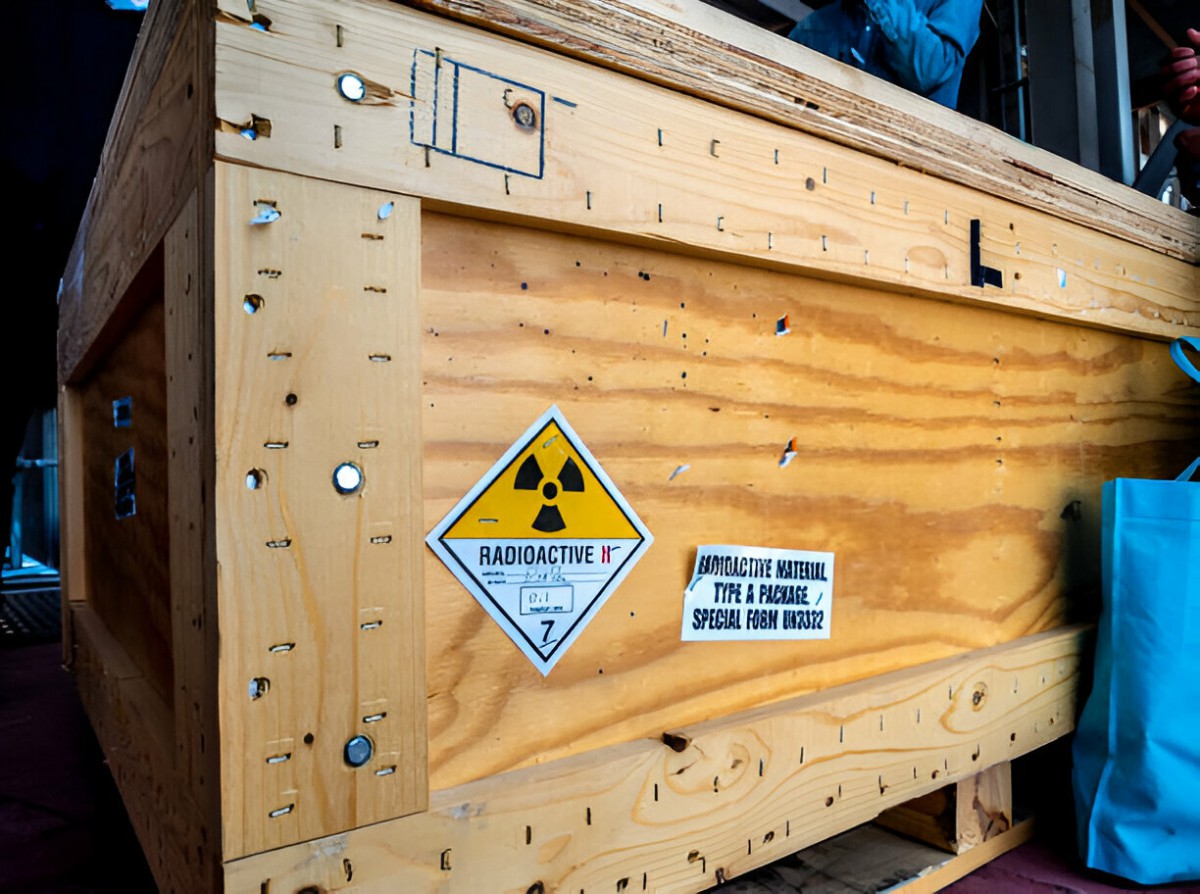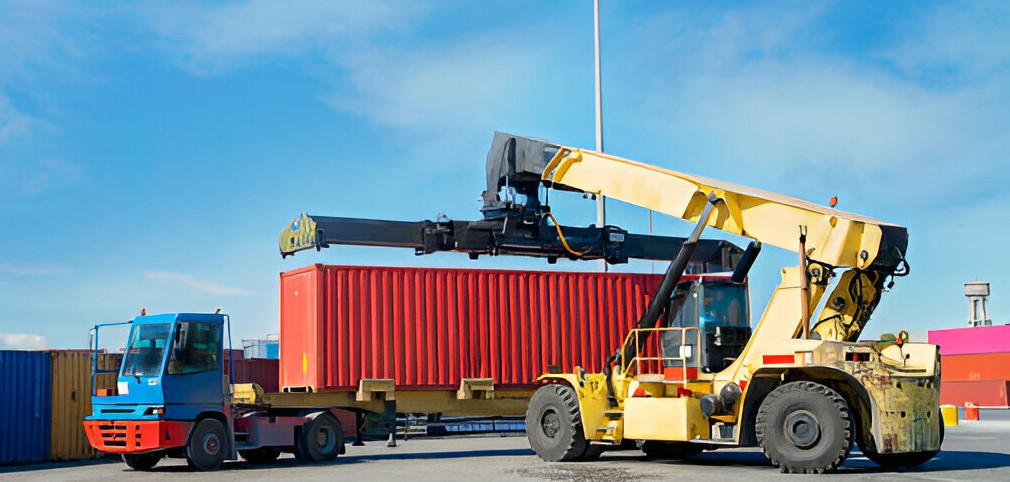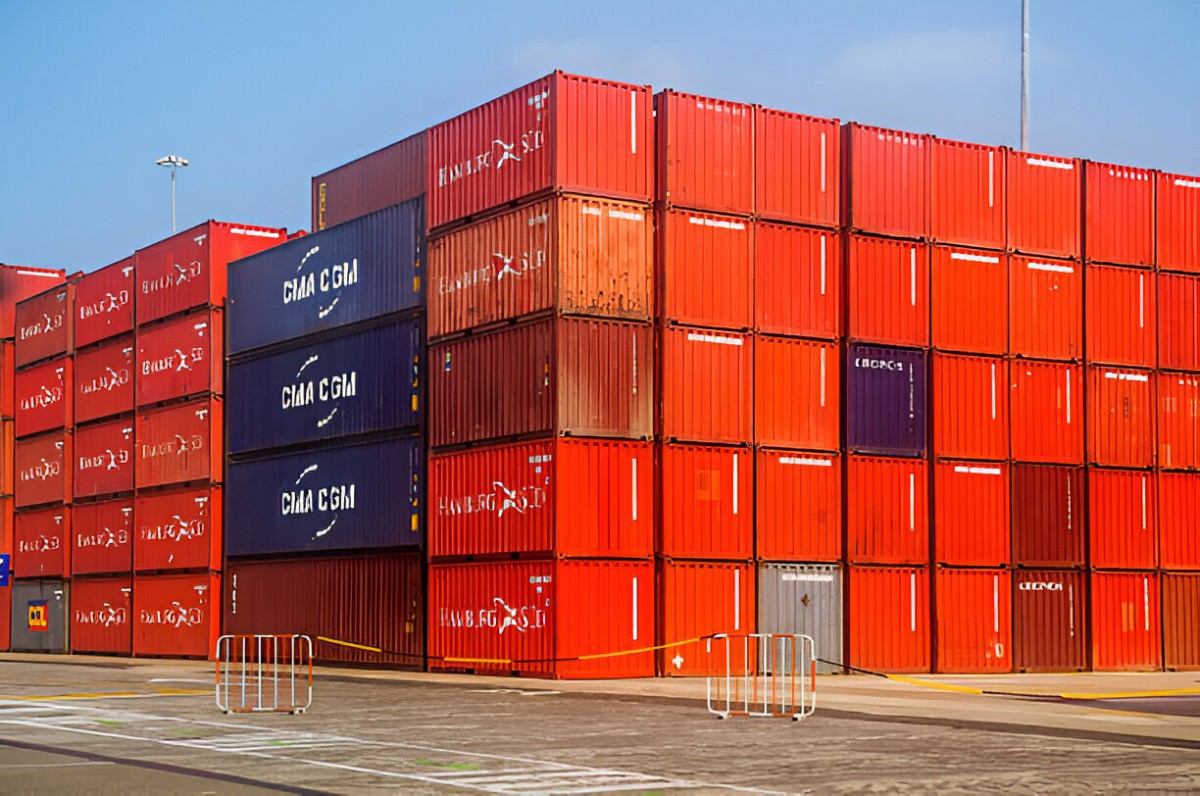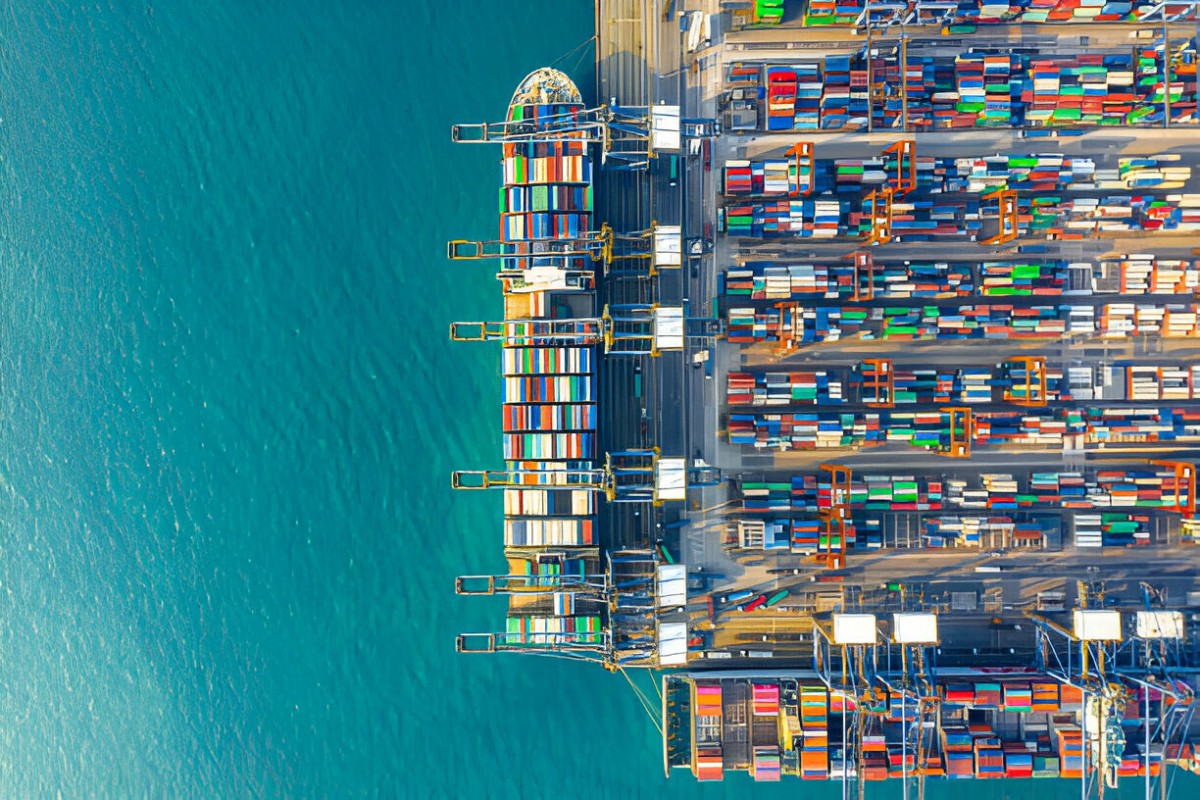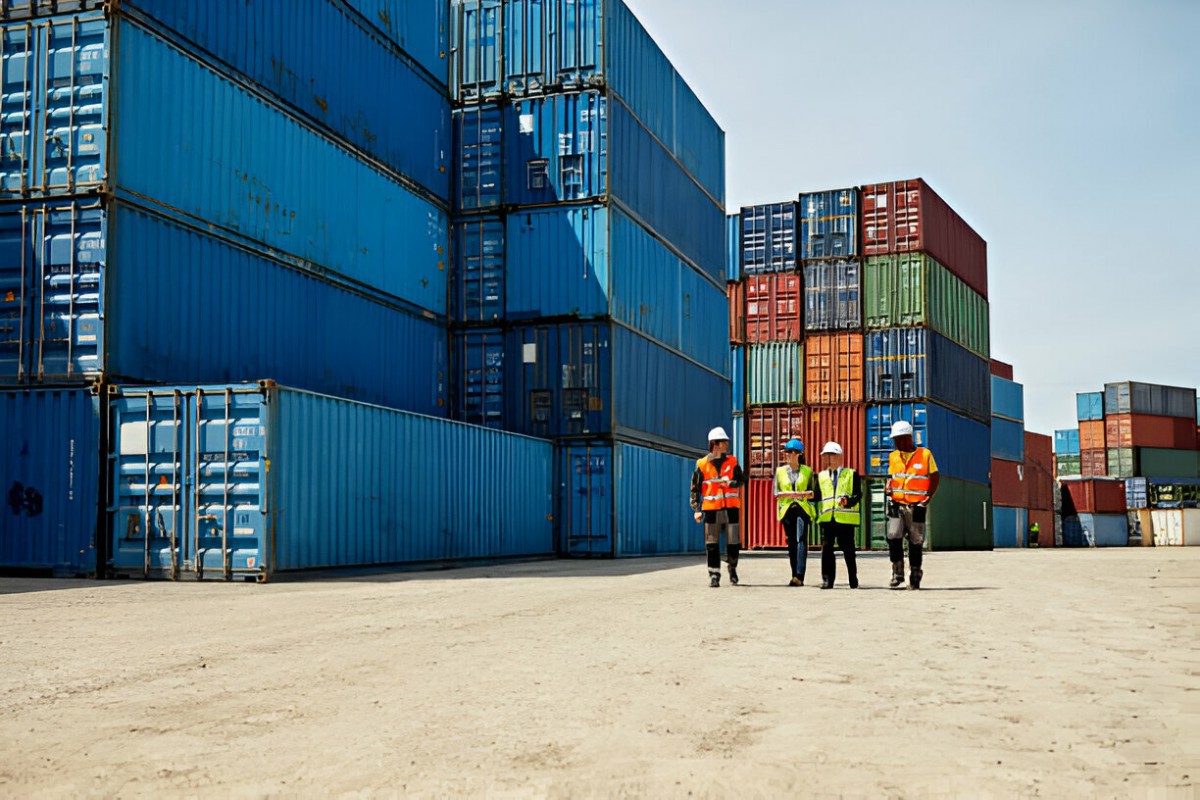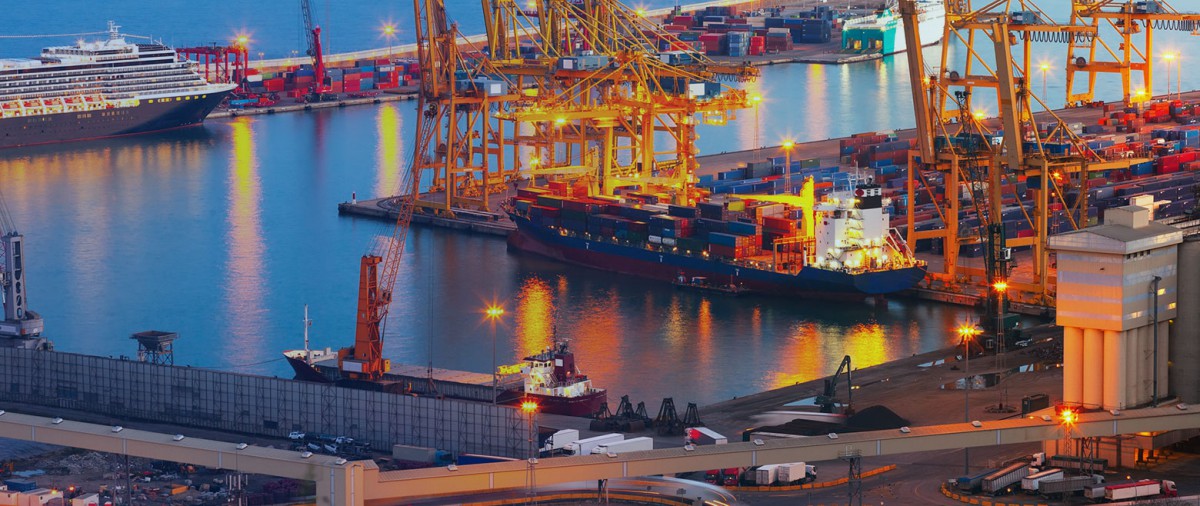Tanker Ships: A Comprehensive Guide to Liquid Cargo Transport
Tanker ships are essential for transporting liquid cargo in bulk, playing a critical role in the global maritime trade. These vessels are specifically designed to carry a wide range of liquids, from crude oil to specialized chemicals, without the need for individual barrels or containers. Explore everything you need to know about tanker ships, their types, uses, and importance in the shipping industry.
What Are Tanker Ships?
Tanker ships are specialized vessels engineered to handle the bulk transport of liquids. These liquids can range from crude oil and refined petroleum products to food-grade liquids and chemicals. With their advanced technology and design, tanker ships ensure safe and efficient cargo transportation over long distances.
Types of Liquid Cargo Carried by Tanker Ships
Tanker ships are versatile and can carry a variety of liquid cargo, including:
- Crude Oil and Petroleum Products: These include crude oil, gasoline, diesel, and petrochemicals, transported from refineries to global markets.
- Food-Grade Liquids: Specialized tankers carry molasses, edible oils, and even beverages like wine in bulk.
- Liquefied Gases and Chemicals: Liquefied natural gas (LNG), fruit juices, and other specialized liquids are transported in refrigerated or insulated containers.
Tanker Ship Categories by Size
Tanker ships are classified based on their deadweight tonnage (DWT) and specific operational purposes. Here are the primary categories:
Ultra-Large Crude Carriers (ULCCs):
- Length: Up to 415 meters (1,350 feet)
- Capacity: 320,000 to over 550,000 DWT
- Role: Transporting over three million barrels of crude oil per voyage.
Very Large Crude Carriers (VLCCs):
- Length: Around 330 meters (1,100 feet)
- Capacity: 200,000 to 320,000 DWT
- Role: Carrying approximately two million barrels of crude oil.
Suezmax Tankers:
- Length: About 275 meters (900 feet)
- Capacity: 120,000 to 200,000 DWT
- Role: Optimized for Suez Canal transit, carrying over one million barrels.
Aframax Tankers:
- Length: Around 240 meters (790 feet)
- Capacity: 80,000 to 120,000 DWT
- Role: Known as "workhorses," they carry up to 800,000 barrels.
Panamax Tankers:
- Length: 200 to 250 meters (650 to 820 feet)
- Capacity: 50,000 to 80,000 DWT
- Role: Designed for Panama Canal navigation.
Handysize and Coastal Tankers:
- Capacity: Below 50,000 DWT
- Role: Ideal for regional and coastal cargo transport.
Innovations in Tanker Ship Design
Modern tanker ships incorporate advanced engineering for better efficiency and safety. Double-hull designs, which include two layers of protection, have become the industry standard, significantly reducing the risk of oil spills.
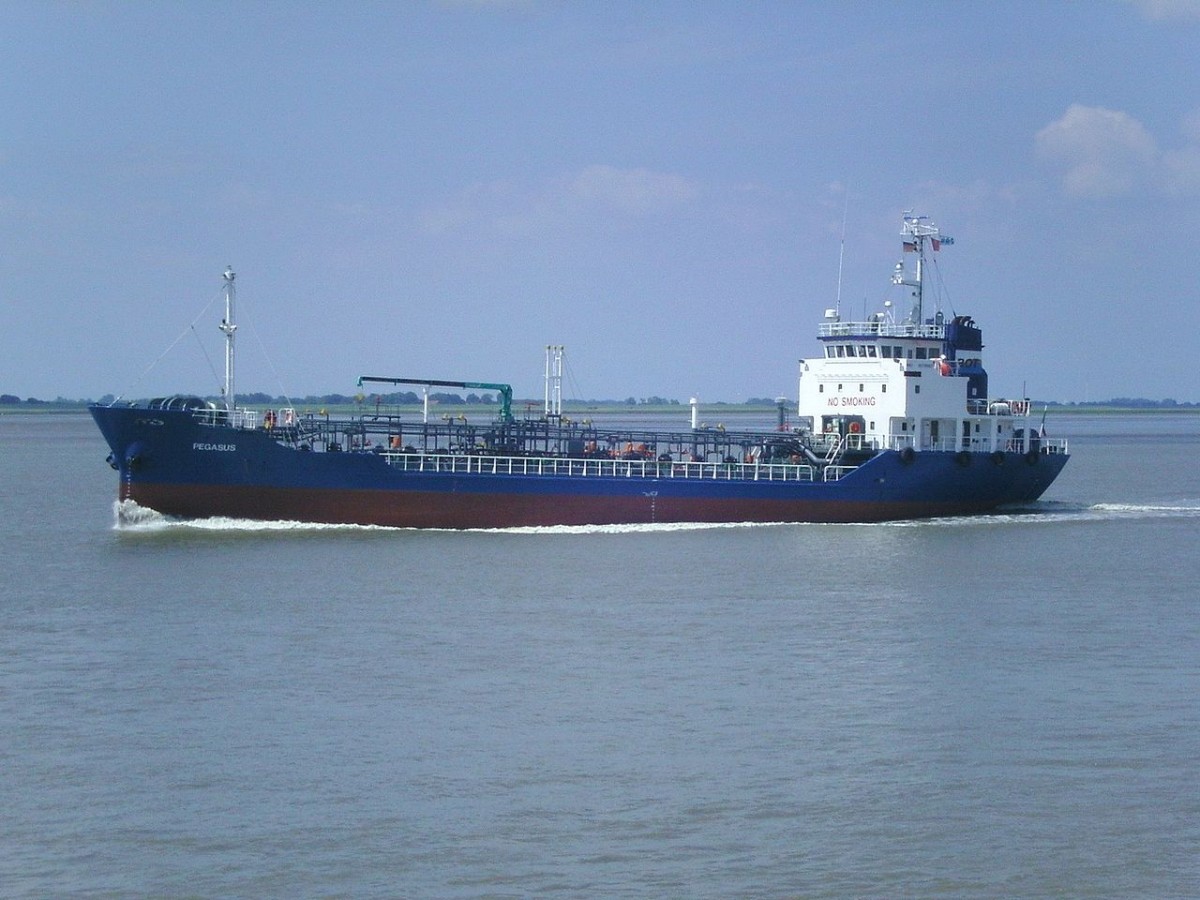
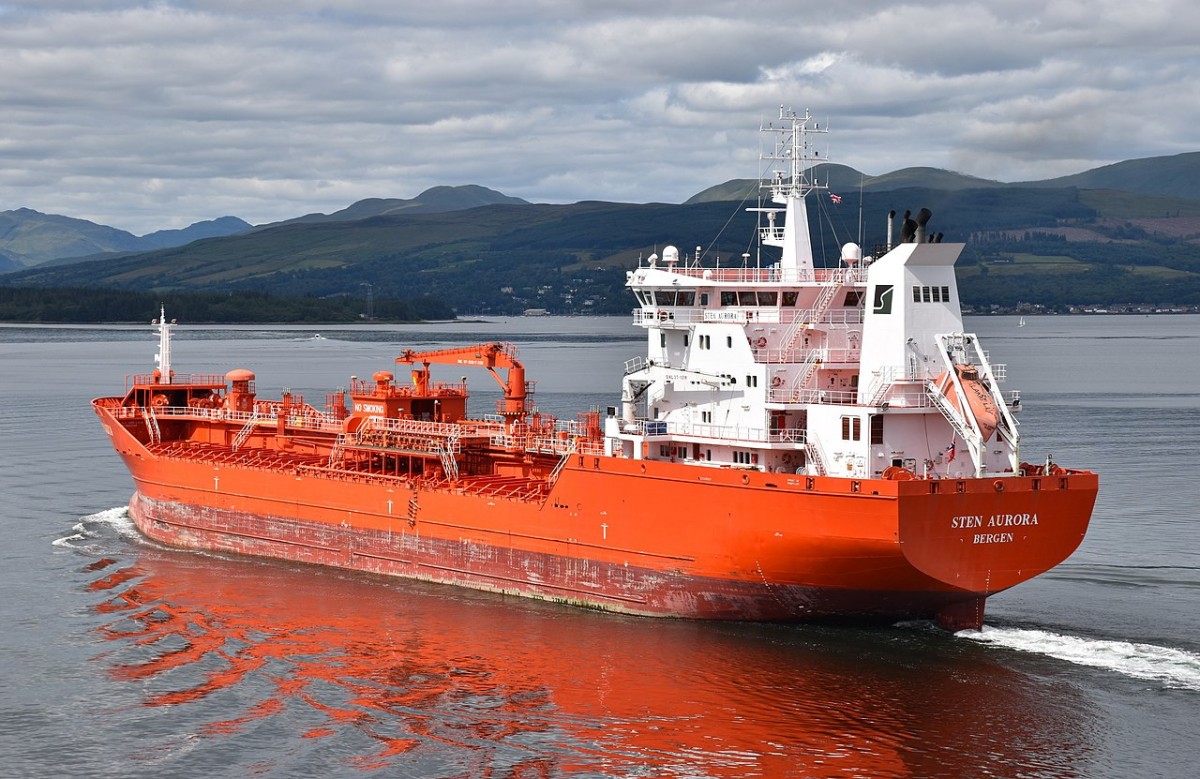
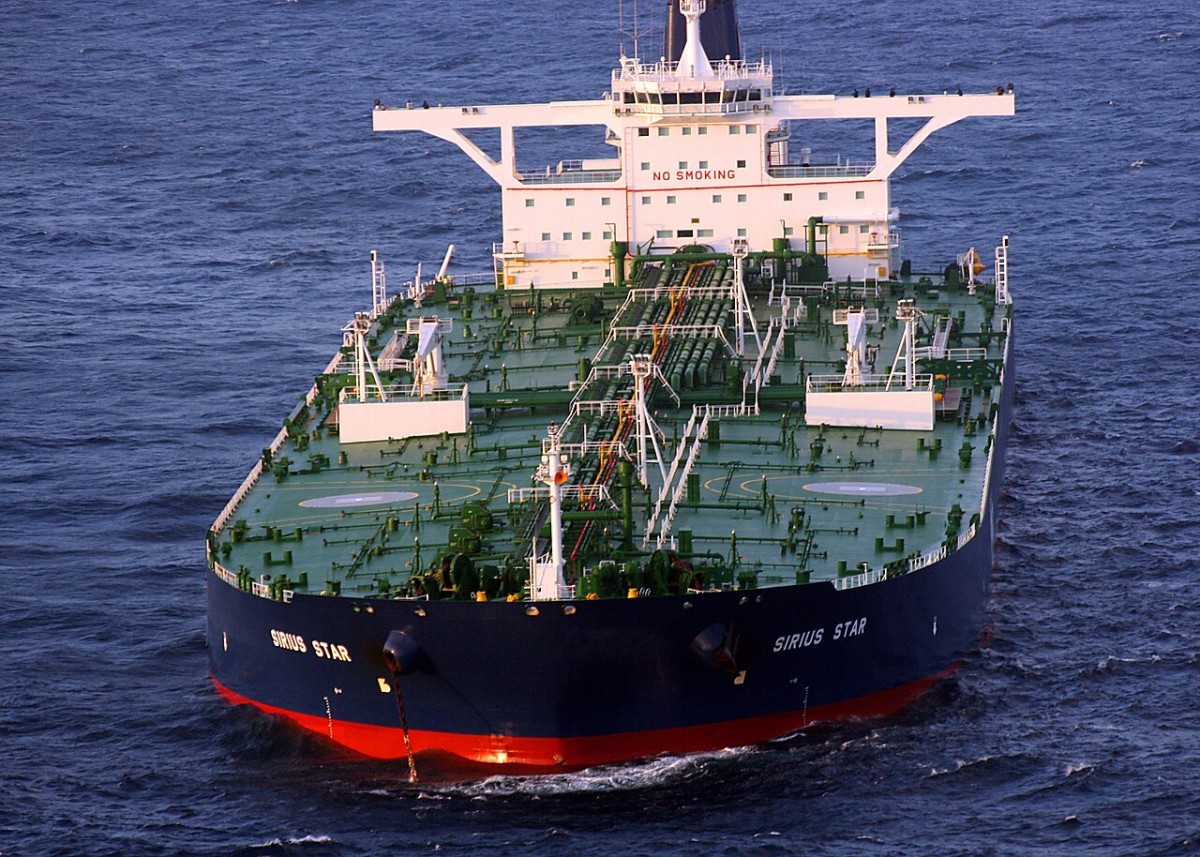
Environmental and Safety Regulations
The shipping industry adheres to strict environmental and safety standards to minimize risks and pollution. The MARPOL convention, enforced by the International Maritime Organization (IMO), outlines critical measures:
- Double-Hull Construction: Mandatory for most tankers to enhance safety.
- Regular Inspections: Ensures compliance with environmental protocols.
- Phased Retirements: Single-hull tankers are being replaced by double-hull vessels.
Key Features of Tanker Ships
- Powerful Propulsion Systems: Diesel engines generating over 100,000 horsepower for large tankers.
- Efficient Cargo Handling: Advanced pumping systems for safe loading and unloading.
- Crew Facilities: Navigation systems, living quarters, and safety equipment centralized in the stern.
The Role of Tanker Ships in Global Trade
Tanker ships are indispensable in the maritime industry, enabling the transportation of liquid commodities vital to economies worldwide. Their adaptability and efficiency make them a cornerstone of modern shipping logistics.
Frequently Asked Questions (FAQs)
1. What is the primary function of tanker ships?
Tanker ships are designed to transport liquid cargo, such as crude oil, refined petroleum products, food-grade liquids, and chemicals, in bulk.
2. How are tanker ships classified by size?
Tanker ships are categorized into classes like ULCCs, VLCCs, Suezmax, Aframax, Panamax, and Handysize, each tailored for specific cargo capacities and routes.
3. Why are double-hull designs important for tankers?
Double-hull designs provide added protection against oil spills, ensuring safer transportation of hazardous liquids.
4. What safety regulations apply to tanker ships?
Tanker ships must comply with IMO conventions like MARPOL, which mandate double-hull construction and regular inspections.
5. What types of liquids can tankers transport?
Tanker ships carry a variety of liquids, including crude oil, gasoline, edible oils, beverages, LNG, and chemicals.
6. How much cargo can a VLCC carry?
A Very Large Crude Carrier (VLCC) can transport approximately two million barrels of crude oil, with a capacity of 200,000 to 320,000 DWT.
7. What makes Aframax tankers unique?
Aframax tankers are medium-sized, versatile vessels capable of carrying up to 800,000 barrels, making them ideal for diverse shipping routes.
8. How do tanker ships handle liquid cargo?
Advanced pumping systems and pipelines ensure efficient loading and unloading while maintaining safety standards.
9. What advancements are shaping the future of tanker ships?
Innovations in shipbuilding, propulsion systems, and stricter environmental regulations are driving the development of more sustainable tankers.
10. Why are tanker ships critical to global trade?
Tanker ships transport essential liquid commodities, enabling international trade and supporting economic growth worldwide.

